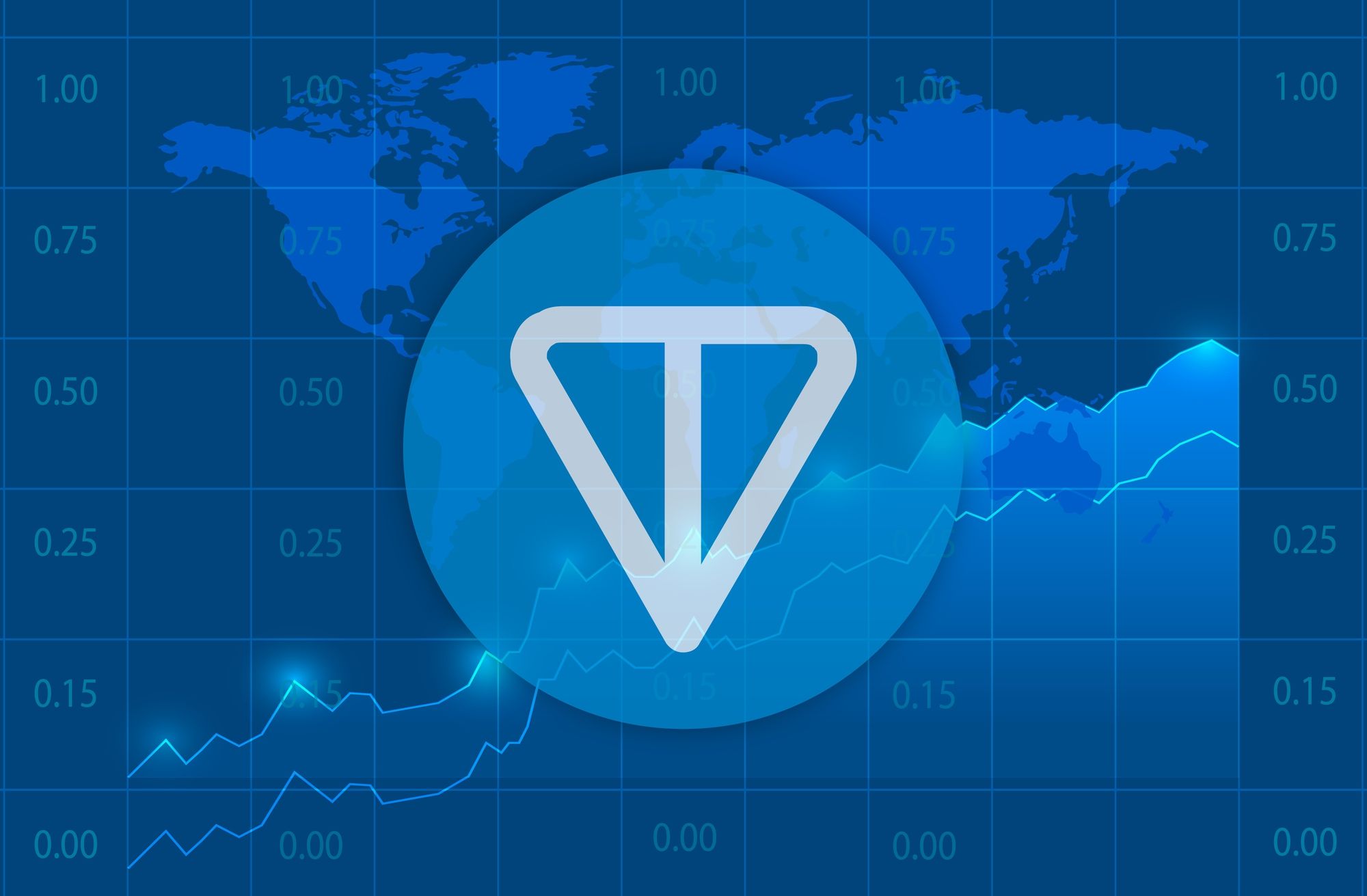Telegram is a vast network with the potential to bring hundreds of millions of users to Web3. The integration of Telegram and Web3 can benefit monetization, ad payments, in-app purchases, and mainstream cryptocurrency adoption.
While only a few traditional retail establishments currently accept cryptocurrency, this interview will explain how and why this will change.
Telegram users have voiced their concerns about the network’s focus on the TON token. However, the social medium has the potential to adopt open-source standards and create APIs. This would allow compatible wallets or services to seamlessly integrate with Telegram’s app, thereby expanding the focus beyond the TON token.
What sets TON apart and positions it to become the world’s first global blockchain? TON is set to revolutionize the industry with its embrace of interoperability, integration with ads and Telegram Premium, and its unique ability to bridge the gap between crypto and fiat through cooperation with crypto exchanges.
In this interview, Tim Delhaes, a serial entrepreneur and the co-founder and CEO of Grindery, the world’s leading smart wallet for EVM blockchains, discussed all this and more with BanklessTimes.
BanklessTimes: How can Telegram leverage its existing user base to make Web3 more accessible?
Tim Delhaes: Using crypto inside Telegram is much easier than using a web browser. Telegram can bring its entire user base—several hundred million people—to Web3.
BT: What specific examples of real-world use cases could Telegram’s deeper integration with Web3 enable?
TD: Telegram’s deeper integration with Web3 opens doors for various real-world applications that can benefit both users and creators. Here are a few specific examples:
Monetization: Community and channel owners can now receive a portion of advertising revenue directly through on-chain payments. This transparent and secure system eliminates the need for intermediaries and empowers creators to build sustainable revenue streams within their Telegram communities.
Streamlined ad payments: Advertisers can leverage on-chain payments for ad placements within Telegram channels. This simplifies the transaction process and offers greater transparency and immutability than traditional advertising models.
In-app purchases: Telegram Stars, the platform’s in-app currency, can be used for on-chain payments to sellers of digital goods and services. This fosters a micro-economy within the app, allowing users to support creators and purchase exclusive content directly through Telegram.
Traditional retail embracing crypto: As Telegram’s Web3 integration matures, we expect to see more traditional retailers accepting cryptocurrency for in-store purchases. This convergence between brick-and-mortar businesses and the crypto world can lead to broader adoption of digital currencies.
BT: In your opinion, how can Telegram address potential concerns regarding single-token focus and transparency as it scales?
TD: The platform should prioritize interoperability to address concerns about single-token focus (TON) and transparency as Telegram scales. This means ensuring that other wallets and Web3 technologies have equal access to the features and functionalities currently being developed for TON.
This could be achieved by adopting open-source standards and creating well-documented APIs allowing any compatible wallet or service to integrate with Telegram’s super app and Web3 features seamlessly.
By fostering an inclusive environment where developers aren’t restricted to TON, Telegram can build trust and transparency within the broader Web3 community. This approach can also attract a wider range of users who might already be invested in other blockchains, ultimately accelerating the platform’s growth and solidifying its position as a leader in Web3 accessibility.
BT: Telegram is known for its messaging capabilities, but introducing mini-apps expands its functionalities. How do you see this trend impacting TON adoption, specifically in attracting new users and developers?
TD: Telegram’s expansion beyond messaging with mini-apps presents a significant opportunity for TON adoption. The booming MiniApps ecosystem has already seen a surge in games launched since TON’s integration, demonstrating the potential for attracting new users.
This initial wave has likely attracted many gamers and crypto enthusiasts, but the future holds even more promise. The anticipated “second wave” of Memecoins could further fuel user growth by capitalizing on the popularity of these digital assets.
Finally, the predicted “third wave” focusing on broader applications and protocols suggests a future where Telegram’s mini-apps become a vital platform for various functionalities. This expands the user base and creates a richer and more diverse ecosystem, attracting developers who can build innovative and practical apps powered by TON.
Overall, the mini-apps trend is likely to snowball, attracting new users through diverse offerings while simultaneously attracting developers who can create the next generation of mini-apps, ultimately propelling TON adoption forward.
BanklessTimes: With Telegram’s potential as a bridge, how do you see TON evolving and becoming the first global blockchain? What are the key milestones to achieve this?
Tim Delhaes: Here’s how TON could evolve and potentially become the first global blockchain, with key milestones to achieve this vision:
The initial steps involve leveraging Telegram’s existing features to create a robust Web3 experience. This includes enabling seamless integration with existing functionalities like advertisements, Telegram Premium (paid subscription tier), and premium usernames. These integrations can demonstrate the utility of TON within the familiar Telegram environment, encouraging wider user adoption.
The next phase already launched utilizes TON for payouts through “Telegram Stars,” the platform’s in-app currency. This allows digital goods and services sellers to receive payments directly on the TON blockchain, further solidifying TON’s role within the Telegram ecosystem.
TON needs to bridge the gap between cryptocurrency and traditional fiat currencies to reach a global audience truly. This can be achieved by integrating with cryptocurrency exchanges, allowing users to easily buy and sell TON using fiat currencies like USD or EUR.
Additionally, establishing on-ramps and off-ramps would create a seamless user experience for those new to crypto, allowing them to participate in the Telegram Web3 ecosystem without technical hurdles.
While TON offers advantages, achieving global dominance requires embracing interoperability. Building bridges to other prominent blockchains, particularly those utilizing the Ethereum Virtual Machine (EVM) standard, would be a significant step. This would allow users who are already invested in other crypto ecosystems to interact with Telegram’s mini-apps and Web3 functionalities without needing to convert all their assets to TON. This would foster a more inclusive environment and attract a wider user base.
TON can leverage Telegram’s massive user base to become a global blockchain by achieving these milestones. Enabling familiar features within Telegram, facilitating user-friendly fiat integration, and fostering interoperability will create a seamless and accessible Web3 experience for millions, potentially paving the way for TON to become the first truly global blockchain platform.
Tim Delhaes, however, concludes by stating that Telegram is unlikely to ever become decentralized. The announcement of an IPO by TON rather than an ICO serves as evidence of this.













